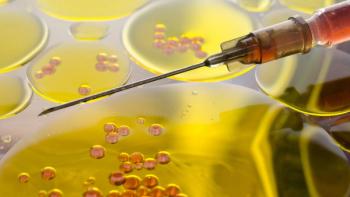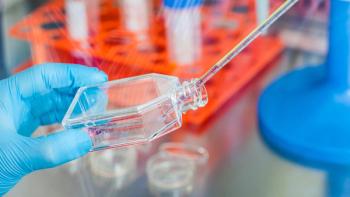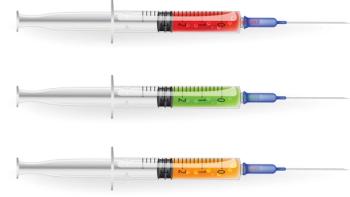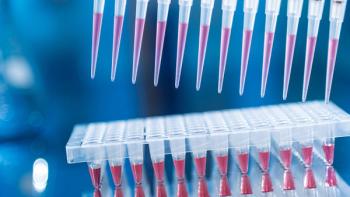
The emergence of new biotherapeutics is both the driver and result of innovative drug development technologies.

The emergence of new biotherapeutics is both the driver and result of innovative drug development technologies.

Controlling certain atmospheric conditions in a closed NGI processing chamber can reduce bioburden without disinfectants.

Contract manufacturers play a key role in the production of lipid nanoparticles for RNA vaccines.

Cell-free expression is promising in preclinical applications, but still presents challenges to scale up for commercial production.

Recent innovations in chromatography resins offer promising advantage in downstream bioprocessing.

Digitalization of bioprocessing operations, equipment, and facilities can improve workflow and output, but maintaining data integrity is a concern.

Container and equipment innovations expand applications.

The increased number of regulatory filings for cell and gene therapies requires reevaluation of bioassay methods because of their complexity.

Outsourcing method development offers multiple benefits to companies, including access to experience and expertise, streamlined costs, and development time efficiencies.

Expanded interest in advanced drug manufacturing and continuous production methods calls for more flexible production systems and regulatory policies.

Bio/pharmaceutical manufacturers have made a good first step toward global vaccination through pledging doses at no- to low-profit rates.

Innovation drives the development of emerging drug modalities.

Susan J. Schniepp, distinguished fellow at Regulatory Compliance Associates, answers some commonly asked questions about regulatory filings.